
PO
Box 9021, Wilmington, DE 19809, USA
E-mail: font@focusonnature.com
Phone: Toll-free in USA 1-8
or 302/529-1876
 |
PO
Box 9021, Wilmington, DE 19809, USA or 302/529-1876 |
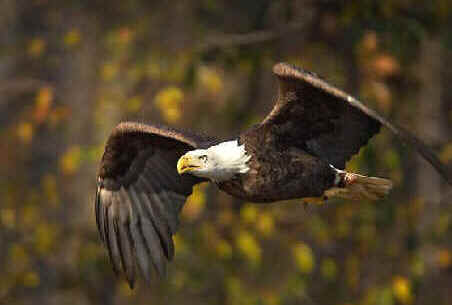 Washington State
Birds
Washington State
Birds
during Focus On Nature Tours
during our
West Coast USA Tours
in the month of September
PHOTO AT UPPER RIGHT: An
adult BALD EAGLE.
255 species of birds have cumulatively been seen
during 13 FONT West Coast birding & nature tours in Washington State.
Codes:
(USe): endemic to the
United States
(USqe): quasi (or nearly) endemic to the USA
(USneb): near-endemic breeder in the USA
(NAi): species introduced into North America
(NAr): rare in North America
(wNAr): rare in western North America
(t): a globally threatened or rare species, designated by Birdlife International
(t1): critical (t2):
endangered (t3): vulnerable
(nt): a near-threatened species globally
Upcoming Birding & Nature Tours in North America, including Washington State
A
Complete List (with some photos) of North American Birds, north of Mexico, in
6 parts:
Part #1: Grouse to Anhinga
Part #2:
Condor to Shorebirds Part
#3: Jaegers to Cuckoos
Part #4: Owls
to Flycatchers Part #5: Shrikes to Pipits
Part #6:
Olive Warbler to Buntings
Mammals
during FONT
West Coast USA Tours
Marine Life (inc. Fish, Jellyfish, Mollusks (Shells), & Arthropods: Crustaceans & Echinoderms)
Directory
of Photos in this Website
![]()
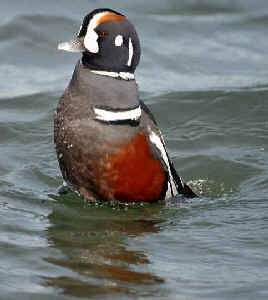
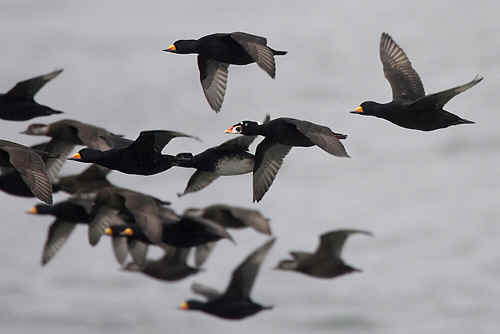
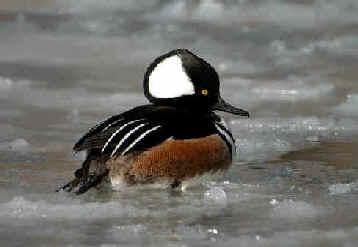
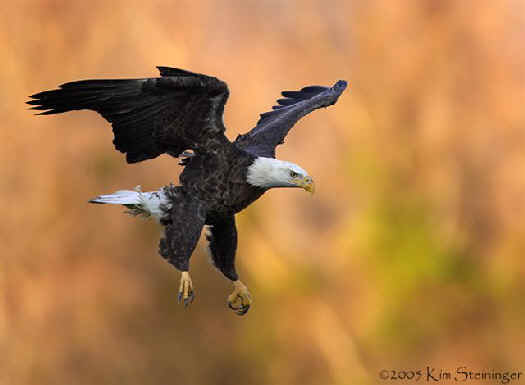
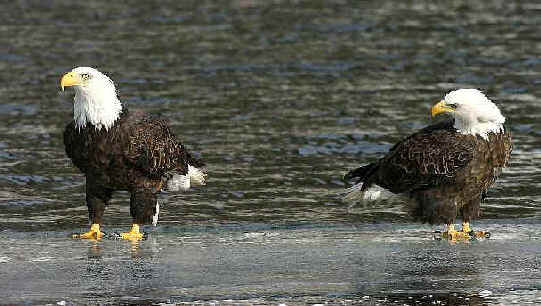
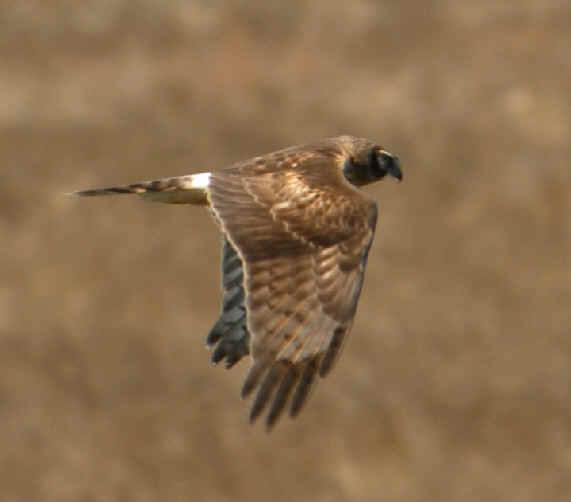
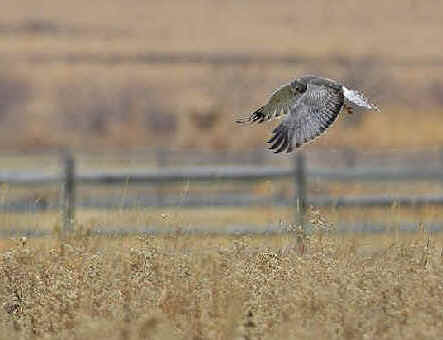
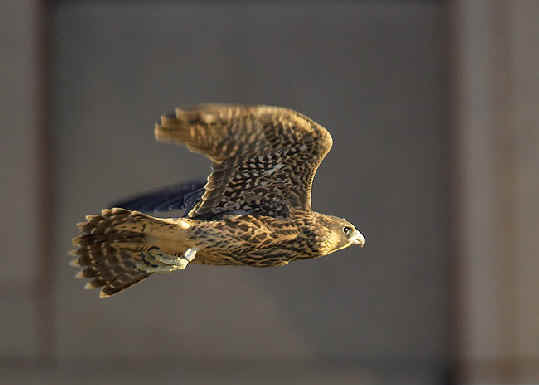
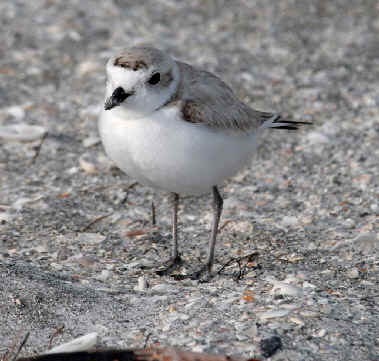
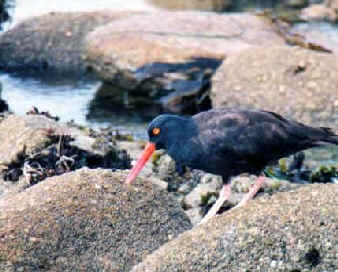
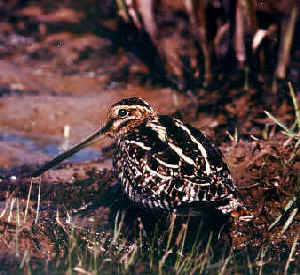
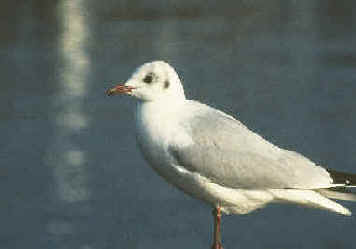
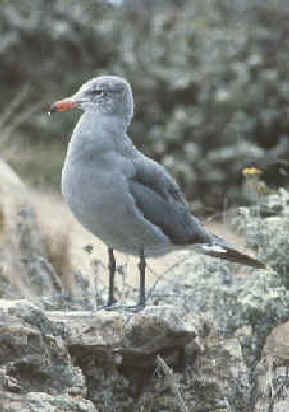
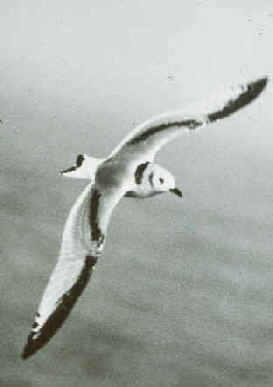
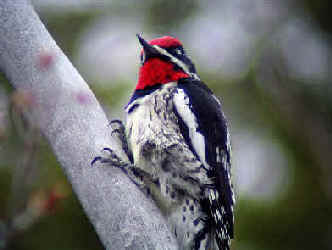
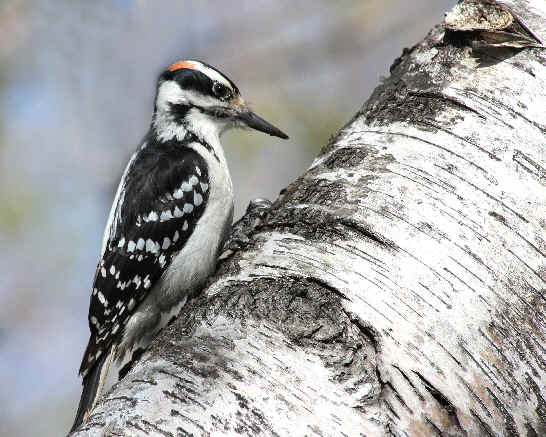
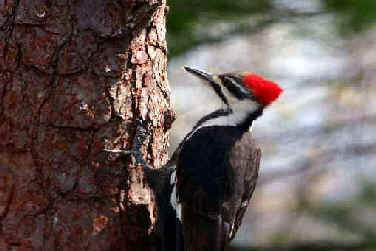
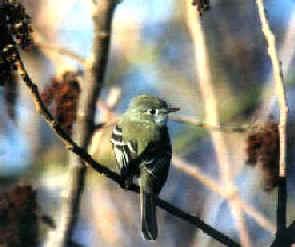
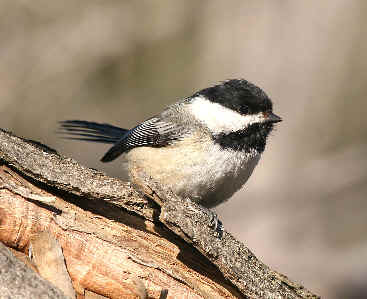
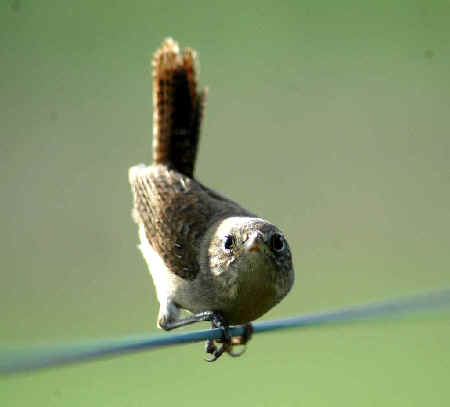
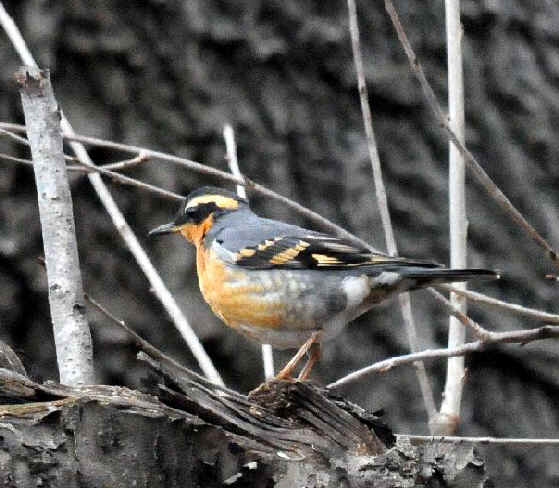
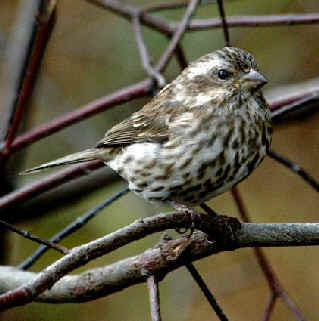
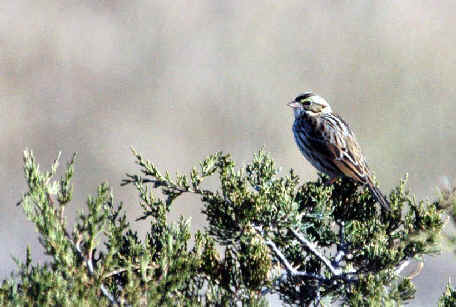
Note:
Birds in CAPITALIZED LETTERS are birds particularly uncommon in the far-western US.![]()